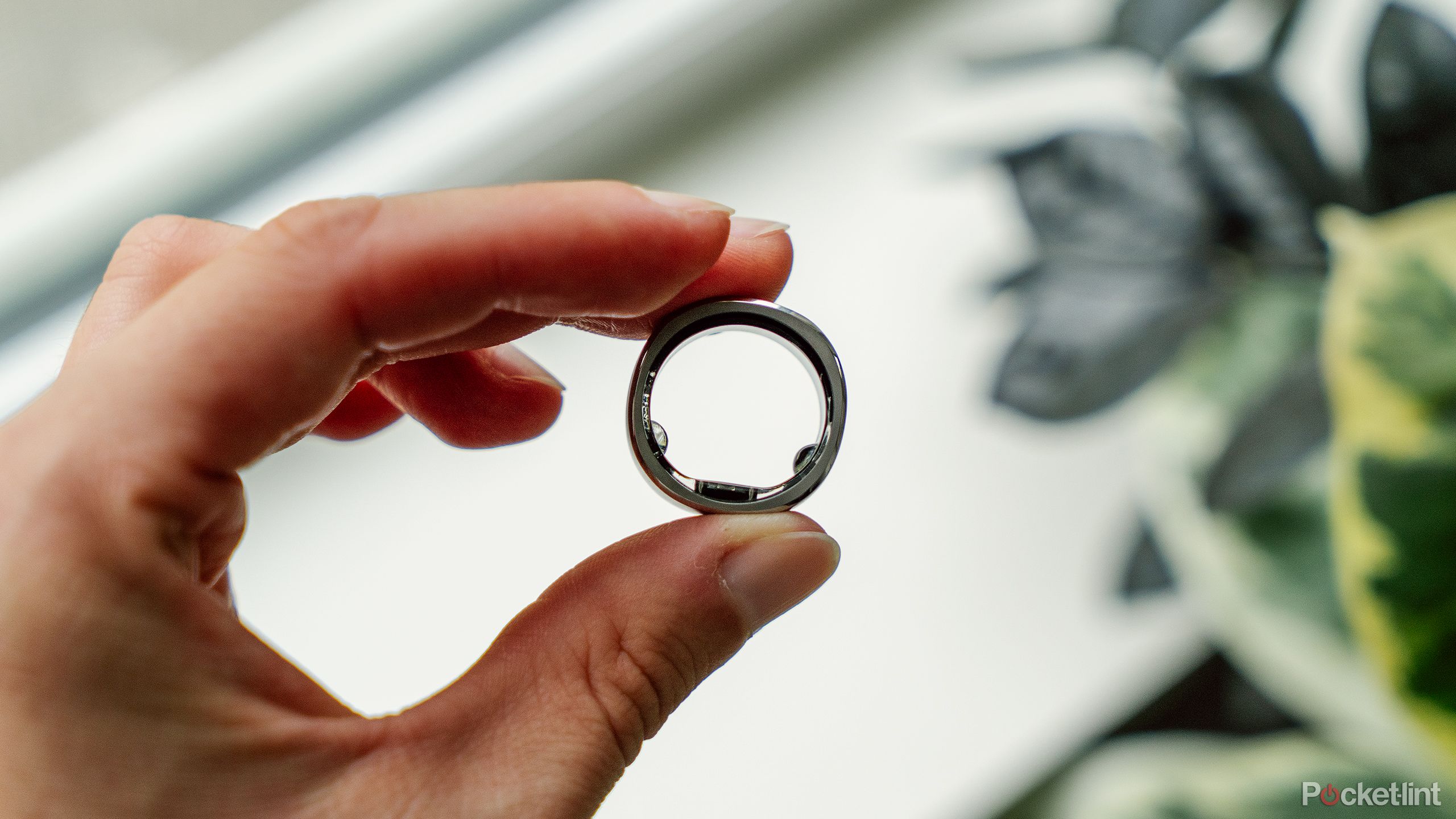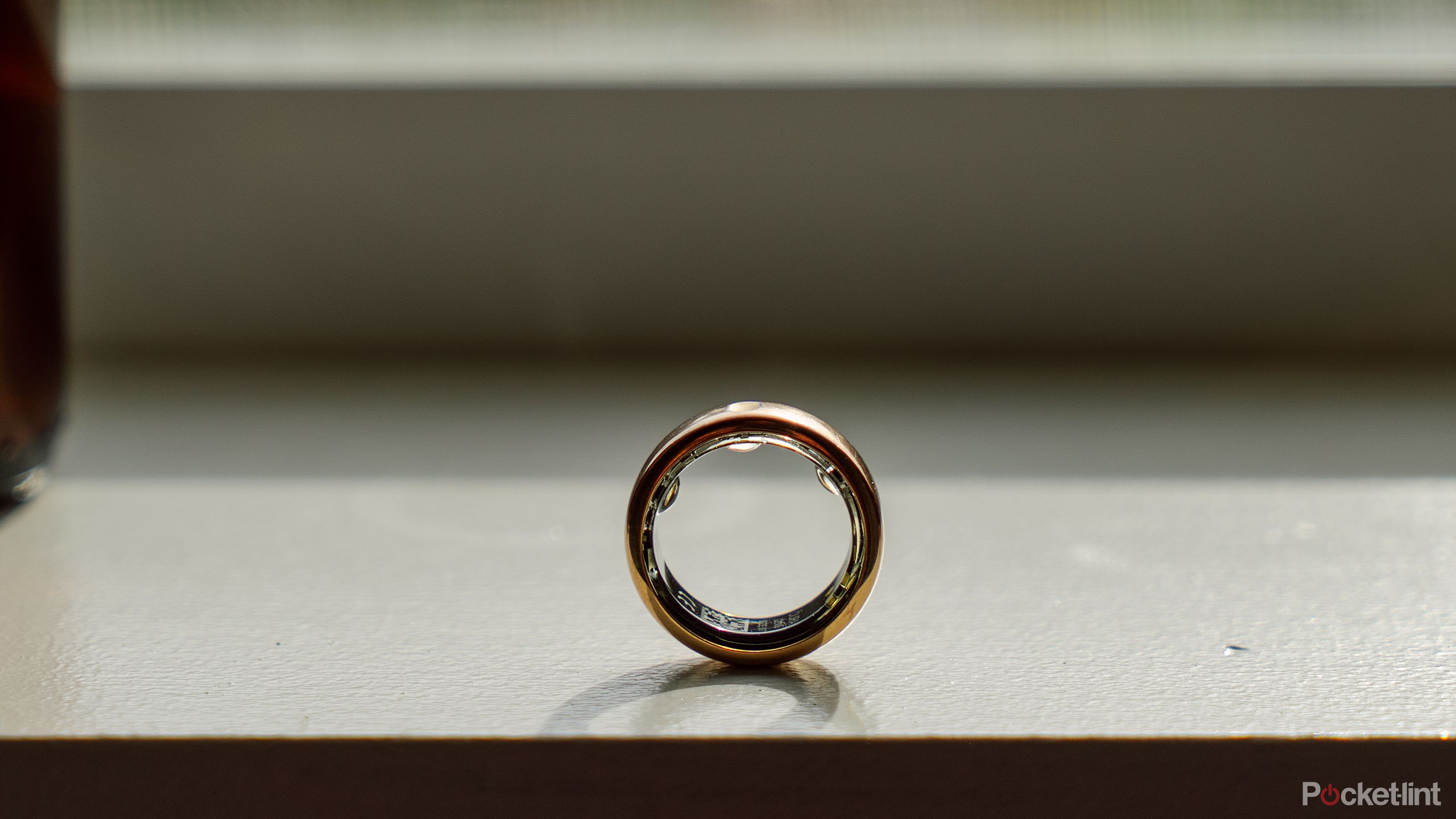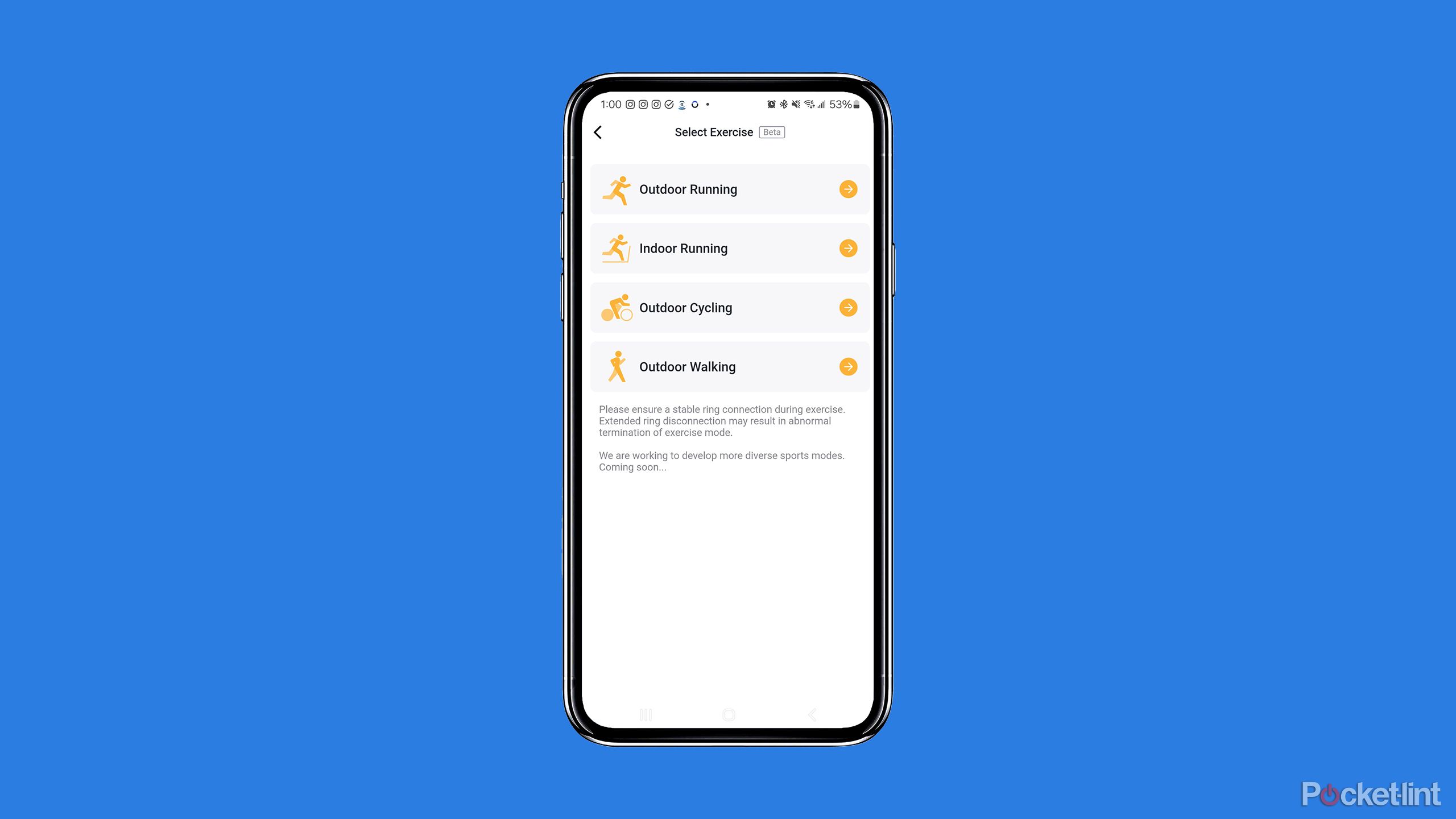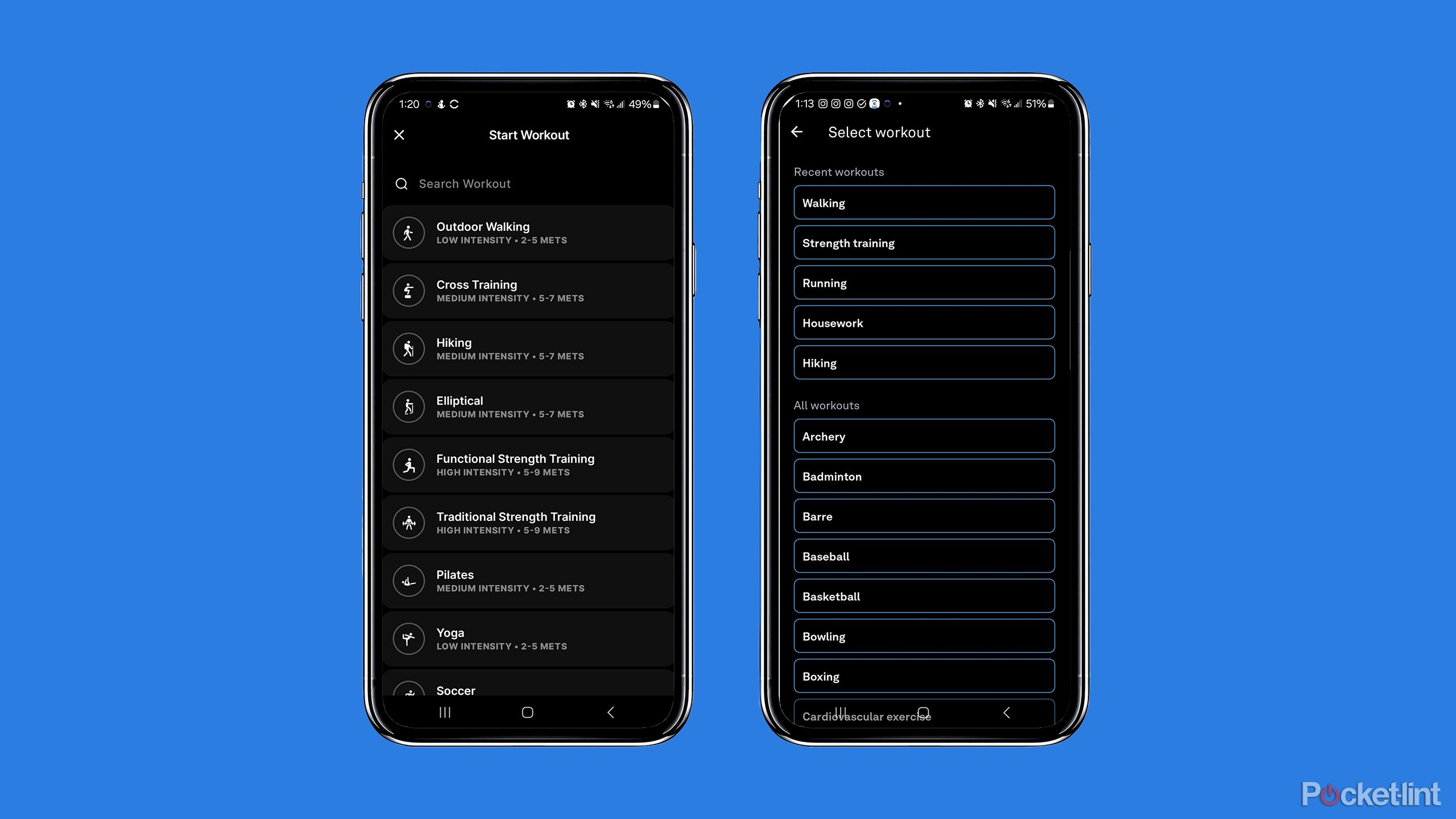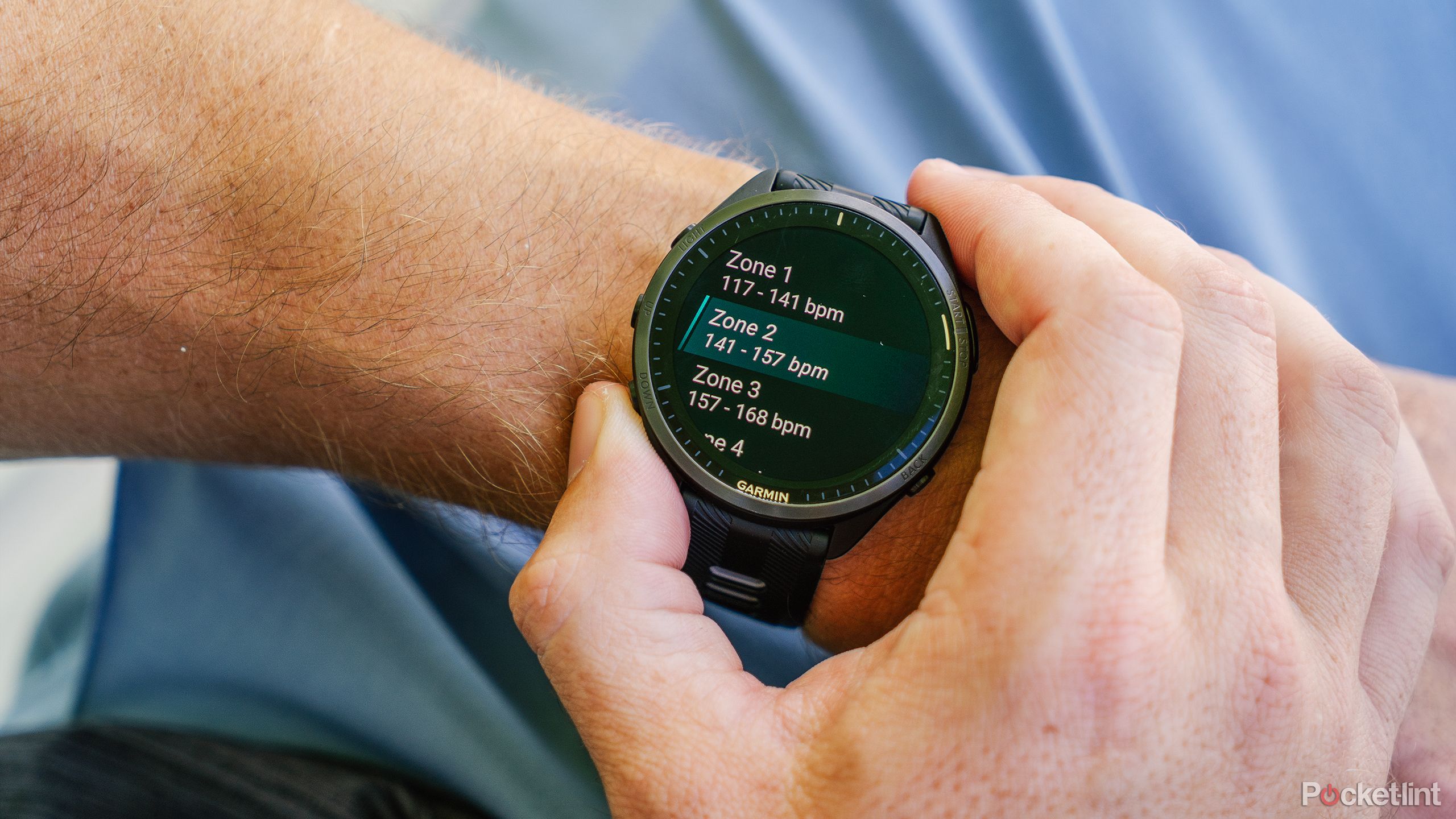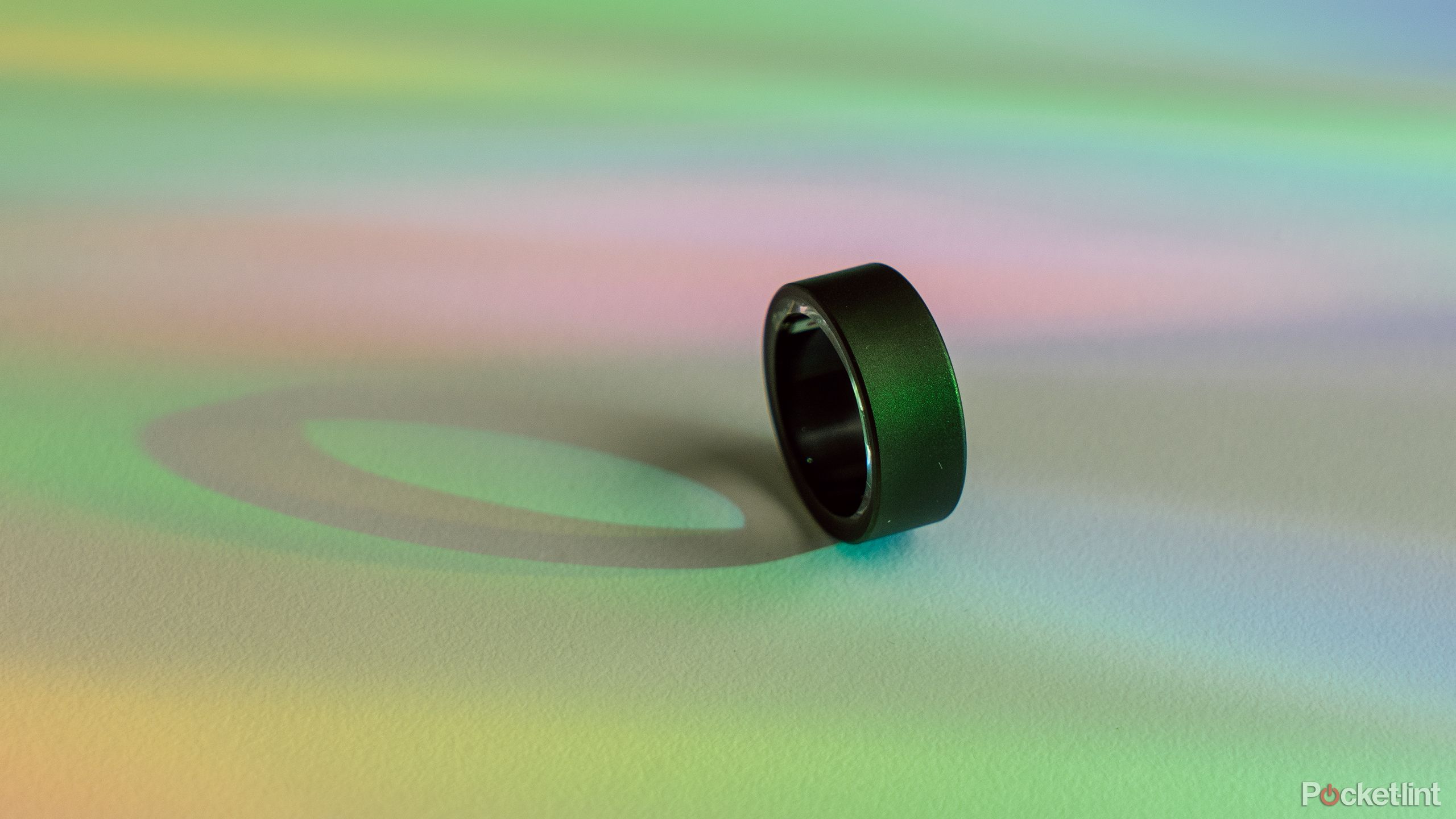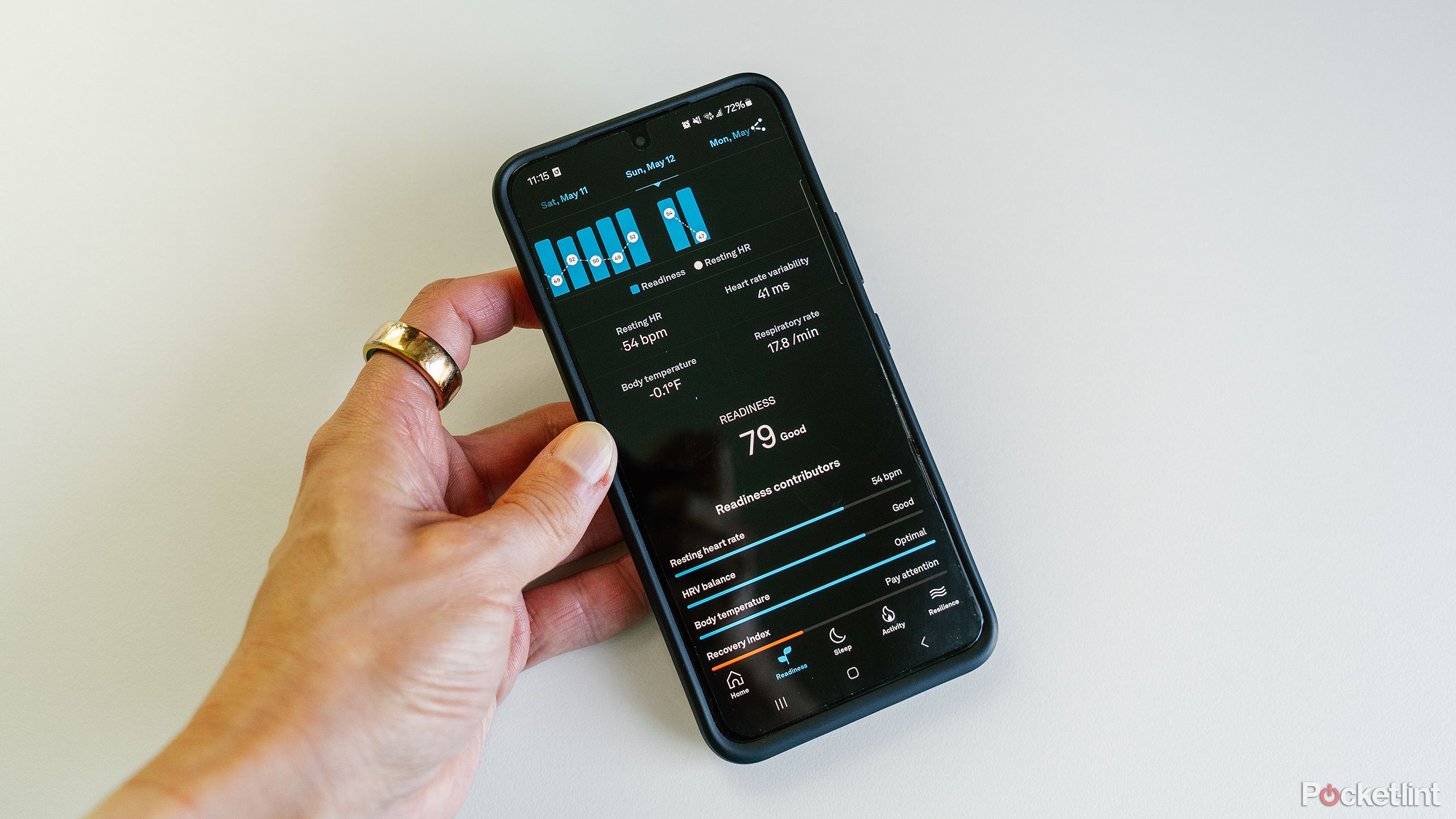Key Takeaways
- Smart rings aren’t ideal for many types of activites.
- Most smart rings have limited tracking options, require manual input, and lack auto pause features.
- Smart rings lack compatibility with training platforms, resulting in incomplete fitness and recovery data.
The first smart ring, the Oura Ring, came on the market in 2015, but it stood alone for many years. Lately, though, there’s been quite an increase in the popularity of this tiny wearable format. In 2023, two new players entered the game — Ultrahuman Ring Air and RingConn Smart Ring — and now, in 2024, Samsung became the first household name to create its take on the technology. All of this competition drives progress, and the format continues to see improvements, making smart rings a worthwhile tool for more people. Even still, there’s still one segment of the population for which smart rings just don’t make sense: athletes.
Oura Ring Gen 3
The Oura Ring is a smart ring with powerful health tools. It tracks your heart rate and sleep, giving you unique insights into your health and wellness throughout the day. Plus, the Oura platform offers lots of features specifically for women or anyone with a cycle, helping to identify any changes and working to improve body literacy.
Smart rings aren’t compatible with active lifestyles
I have to take it off more than I wear it on some days
While I am far from a professional athlete, I am a very active person and typically get some form of physical activity in every day. I cycle, lift weights, hike, run, swim (or try to), SUP, practice Brazilian jiu-jitsu (BJJ), and walk a lot. Unfortunately, many of those activities aren’t compatible with wearing a ring.
While it is possible to perform certain types of strength and resistance training with a ring, anything that involves holding a bar gets a bit tricky. Smart rings aren’t typically ultra-low profile, and even the slimmest designs can obstruct your grip. It not only makes it harder to get a good hold on the bar, which is far from ideal when lifting heavy weights, but it has also pinched my skin and pressed the ring uncomfortably into my hand. When lifting heavy, thinking about my hand hurting is the last thing I want to do.
Beyond grip issues, dumbbells and barbells are typically roughly textured to give you a better grip. That texture will scratch your expensive smart ring. I don’t like wearing jewelry of any type when I strength train, but that’s especially true of my smart ring.
Similar to weight lifting, SUPing requires a fairly good grip on the paddle. Although I’m less worried about the ring getting scratched when holding the paddle since it’s smooth, it creates the same issues as weight lifting. The ring presses into my hand, which isn’t comfortable and makes it harder to get a solid grip. While I haven’t worn it long enough while SUPing to let this happen, the addition of water also seems like a recipe for blisters if I were to wear the ring for a long session. So, I leave the ring behind when I get out on my SUP.
SUPing and swimming are also made complicated for ring-wearing because of the water. Even though I used sizing kits to find the best size for every smart ring I’ve reviewed, they all get very loose on my finger when my hands are wet. I’ve almost had some slip off just while washing my hands. If I’m almost losing rings in my kitchen sink, wearing a smart ring while swimming in the sloshing surf of the ocean is a truly risky endeavor. It’s not a risk I’m willing to take, either. As a result, I always take off my smart ring when heading to an activity in or around water.
BJJ is a sport that isn’t compatible with any sensors at this point (though I hope this will change at some point), but especially a smart ring. My hands are constantly moving, gripping gis and wrists, and covered in sweat. A ring could hurt my training partner or myself or simply fall off. Naturally, it gets left at home when I train.
Finally, although I don’t need an extremely tight grip on my handlebars, I still don’t love biking with my ring. I’m sure I could get used to the feeling on the handles, but my cycling gloves don’t fit very well with the ring on. It smooshes the ring into my finger or pushes it up on my finger to an uncomfortable position. I tried wearing it a few times on rides but have determined it to be an unpleasant experience that I’ll pass on moving forward.
Broadly speaking, most types of physical activity simply do not lend themselves to smart ring-wearing.
I could go on and cover all the different sports that don’t work well with a ring, but I think you get the gist. Of course, everyone has different preferences and levels of comfort, so some of the activities listed above may be totally feasible for you with a smart ring on. But, broadly speaking, most types of physical activity simply do not lend themselves to smart ring-wearing.
They offer limited tracking options
A clunky experience for tracking workouts
Certain types of activities, such as running or walking, are absolutely possible with a ring. But, unfortunately, most smart rings make tracking those activities more challenging than tracking with a smartwatch. With a smartwatch, your controls are all right there on your wrist. You can start an activity, pause it, and end it with a few button presses or screen taps.
Smart rings, on the other hand, require more work on your end. Some rings don’t automatically detect your workouts, so to track them, you have to get your phone, open the app, and navigate to wherever you start a workout. Then, you have to pull your phone back out to pause and end it. After wearing a smartwatch or fitness tracker for so long, I’m terrible about remembering to start a workout on my phone and even worse about remembering to end it when I’m done.
Now, there are also some rings that provide automatic workout detection. The Oura Ring has had this feature for some time, and Ultrahuman introduced automatic workout detection on Aug. 13. Plus, the new Samsung Galaxy Ring offers workout detection. Unfortunately, the Oura Ring’s detection never worked very well for me. It rarely picked up on workouts, even if I was doing interval sprints with a heart rate far higher than it would be during inactive time. Or, there were plenty of times it would log me walking around in the house as a five-minute workout, which is simply wrong and unnecessary.
With all smart ring options, you have to manually open the app to approve or delete automatically detected workouts instead of doing so in the moment on your wrist.
I have not tested the Galaxy Ring, but users have much the same to say about its workout detection. It either doesn’t log things at all or does a poor job of tracking what is actually a workout. Plus, with all smart ring options, you have to manually open the app to approve or delete automatically detected workouts instead of doing so in the moment on your wrist like you can with the Apple Watch.
Smart rings also don’t offer any auto pause features like smartwatches or bike computers do. For example, when I’m on my bike and come up to a red light, I don’t need that data tracked since I’m just standing still. It will skew the numbers for my actual workout, so I want that information left out. Smart rings, though, just keep on recording unless I open the app, manually pause it, and then restart it, which simply isn’t going to happen when I’m on a ride.
The lack of a display and notifications has downsides
No tools during your workout
While it can be nice to be free from a display and notifications from time to time, those features can be extremely useful. For example, I tend to base my runs and bike rides on heart rate zones, which requires being able to see what zone I’m in and notifications if I’m not in the correct zone. Or, when I do interval training, I need the timer on my watch to keep me on track for each section of the workout. A smart ring’s lack of a display or ability to send notifications then limits its usefulness for those types of workouts.
A smart ring’s lack of a display or ability to send notifications then limits its usefulness for those types of workouts.
Fit is finicky, especially when working out
Swollen fingers can lead to fit issues when training
When using devices that rely on optical heart rate sensors or other sensors that require contact with your skin, fit is the most important factor for gathering accurate data. Without close contact, you’ll either not get measurements at all, or those numbers will be inaccurate. Our bodies can fluctuate in size throughout the day, though. With a watch, you can simply loosen or tighten the strap as needed. Paying attention to the size of the watch isn’t important beyond making sure the strap fits since you can easily adjust the fit.
Smart rings, on the other hand, prove challenging to fit. Some brands sell their rings without requiring a sizing kit first, which could lead to improper fit right off the bat. While not specific to athletes, finger shape can also make getting a proper ring fit difficult. I have very wide knuckles but slender fingers, so in order to get a ring on and off my finger, I need to size up slightly beyond what I actually need where the ring will rest. That leaves the ring slightly too large in most situations, especially if I’m working out in cold conditions.
For athletes specifically, the potential shift of finger size during and after workouts is a common problem. Many people experience swollen hands during physical activity, resulting in uncomfortably tight rings while training. My fingers swell when it’s hot out, so summer runs result in an excessively tight ring I occasionally can’t even get off without running it under cold water. Smart rings are completely unflexible, so getting a fit that works well during workouts and in daily life can be quite difficult.
When you get your ring sizing kit, where the plastic sizing ring for a few days as you would your smart ring to get a feel for it in a range of conditions and situations.
Missed data leads to an incomplete picture
As a result, if I were to only use a smart ring for health and fitness insights, I would have an incredibly incomplete picture of my current fitness status.
While needing to take the smart ring on and off can be a little annoying, the bigger issue for athletes is all the missed data. Since I can’t wear my ring during so many of the activities I participate in, I am missing out on all of that workout data, which I use to guide future workouts and my recovery plan. As a result, if I were to only use a smart ring for health and fitness insights, I would have an incredibly incomplete picture of my current fitness status.
Making this incomplete data even worse is the fact that most smart rings don’t sync to training platforms to help you get more insights. For example, the Oura Ring is not compatible with TrainingPeaks, one of the most popular training platforms. So, even if you were to wear the ring for all those activities, the data wouldn’t sync to a platform that specifically helps with fitness goals.
Separate platforms for each device
No one platform to rule them all
Smart rings can be useful tools for certain types of people. I won’t deny that. There are times you may not want a screen on your wrist or don’t want the look of a smartwatch for fancier events. In those situations, a smart ring can certainly be a way to continue to gather data. Unfortunately, though, that data will live separately from your smartwatch or fitness watch data in most situations, so it may not actually be that useful after all.
Until the Galaxy Ring, no company made both a smartwatch and a smart ring, which meant different platforms for different wearables. If you use a smart ring other than the Galaxy Ring, you will be collecting useful physiological data while wearing the ring, but it won’t feed into your overall health and fitness tracking that you are also using the watch for. It could still provide some helpful insights but won’t be as useful as one device that tracks everything.
The option to stay in one ecosystem for both is enticing, so it was exciting to see a brand like Samsung release a smart ring. But Samsung Health is simply not as useful of a tool for athletes as Garmin’s platform or options like TrainingPeaks and Strava Premium. So, the search for one truly useful platform for all wearable devices continues for now.
Trending Products

Cooler Master MasterBox Q300L Micro-ATX Tower with Magnetic Design Dust Filter, Transparent Acrylic Side Panel, Adjustable I/O & Fully Ventilated Airflow, Black (MCB-Q300L-KANN-S00)

ASUS TUF Gaming GT301 ZAKU II Edition ATX mid-Tower Compact case with Tempered Glass Side Panel, Honeycomb Front Panel, 120mm Aura Addressable RGB Fan, Headphone Hanger,360mm Radiator, Gundam Edition

ASUS TUF Gaming GT501 Mid-Tower Computer Case for up to EATX Motherboards with USB 3.0 Front Panel Cases GT501/GRY/WITH Handle

be quiet! Pure Base 500DX ATX Mid Tower PC case | ARGB | 3 Pre-Installed Pure Wings 2 Fans | Tempered Glass Window | Black | BGW37

ASUS ROG Strix Helios GX601 White Edition RGB Mid-Tower Computer Case for ATX/EATX Motherboards with tempered glass, aluminum frame, GPU braces, 420mm radiator support and Aura Sync


